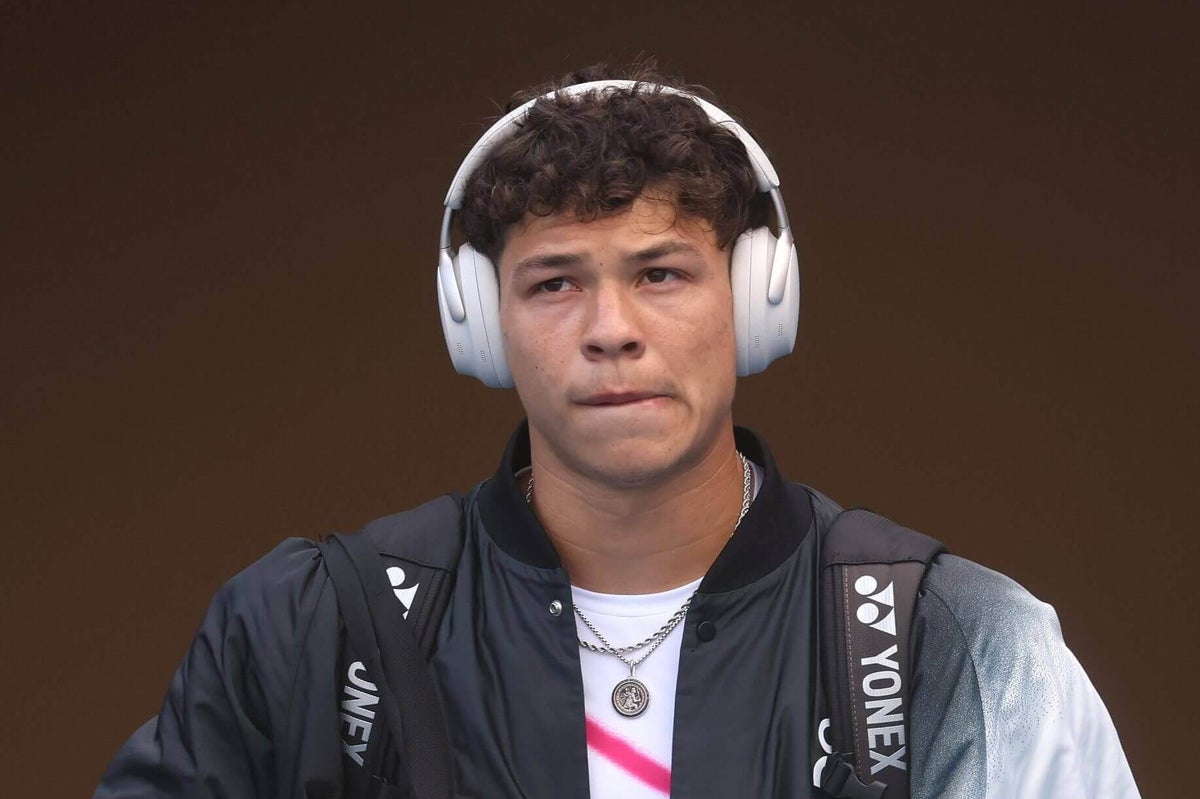The men’s tennis tour has agreed a global content collaboration with Spotify, centered on fan engagement and original, exclusive programming.
The partnership between the ATP Tour and the music streaming giant follows similar partnerships with TikTok and with Overtime, the sports media company aimed at Gen Z and Millennial fans, which were formalized earlier this year.
“This is about growing our audience, and in particular, targeting casual men’s tennis fans — Gen Z and Millennials primarily,” said Andrew Walker, the ATP’s senior vice president of brand and marketing, in a phone interview this week.
“Those fans who already have an interest but might not be following the ATP or our players week in and week out, more kind of dipping in and out around the Grand Slams. So it’s bringing them further into the ATP funnel, by finding ways to create cool content and to serve it to them on platforms and channels on which they’re already living.”
Roman Wasenmüller, the head of podcasts at Spotify, said that tennis’ cultural presence, “from its fashion and global reach to the individuality of its players,” made the partnership natural.
Music is quietly central to numerous tennis rituals. Fans can hear the walk-on music at big events, changeovers have become dance breaks at some Grand Slams and players’ preferences for the songs in their headphones as they enter the court are key to pumping themselves up for matches. With this partnership, which will see the ATP Tour produce original content for Spotify as well as curating those playlists and walk-on track lists, it is extending the reach of those things while also exerting more creative control over its sport’s content output.
Coming in the same week as a new logo, which it also ties to attracting a younger audience, and in the context of criticism around the limitations tennis authorities place on the people trying to create the user-generated content that so appeals to those audiences, the partnership is another indicator of how and where the people who control tennis see its future.
The link between tennis and music is longstanding. John McEnroe fancied himself as a guitarist, having learned in part from legends Eddie Van Halen and Eric Clapton, and in retirement has appeared on stage with bands like The Rolling Stones, The Eagles and Pearl Jam. Björn Borg hung out with artists like Paul Simon, Sting and Tina Turner during his playing days, while Jannik Sinner collaborated with Italian tenor Andrea Bocelli earlier this year, releasing a song entitled “Polvere e Gloria (Dust and Glory).”
Their compatriot, the world No. 42 Lorenzo Sonego, is on Spotify, and his most popular song, “Un solo secondo”, has more than 1.5 million listens. After reaching the Australian Open quarterfinals in January, Sonego said he listened to his music to stay focused on his tennis. “I have more energy when I listen to my music, for sure,” he said.
Carlos Alcaraz, Sinner, Taylor Fritz, Ben Shelton and Casper Ruud were all cited by the ATP as being among the tour’s big music fans. Fritz said in an interview last year that he is a big fan of British rapper Central Cee, while Ruud has shared pictures of himself at various concerts of The Weeknd, the Canadian singer-songwriter.
This series of partnerships comes following fan and brand research commissioned last year, which suggested that the men’s tour did not have a big enough footprint on the apps and in the digital spaces that millennial and Gen Z tennis fans inhabit. It has leaned into less serious and more quirky marketing in recent years, this year releasing a campaign in which Fritz, Alex de Minaur and Lorenzo Musetti “replaced” themselves with puppets and last year producing a hit video featuring Novak Djokovic, Alcaraz and Andy Murray that portrayed the tennis circuit as a scripted reality show.
But an Ofcom report shows that tennis interest dropped among 18- to 34-year-olds in the U.K. between 2019 and 2024, even as social-media follower growth rises among players, the ATP Tour itself and tournaments. Players have also reported difficulties with sharing their lives on and off the court with their fans, with credentials for filming at events limited, match footage copyright-striked and the videos produced in partnership with Overtime more focused on strange would-you-rather exercises than life as a pro.
Players and fans — who create accounts on X for their favorite players, or creative highlights packages that remix or reorient the sport away from just who wins or is the best, often before also being copyright-striked — essentially enjoy a parallel relationship with the sport they want to showcase, because the tours and tournaments have to protect broadcast rights and also want to take production of that content, like that which will come from this Spotify partnership, in-house.
Walker said that examples of this, like the puppet campaign that suggests that players could replace themselves for media duties, are about establishing the light-hearted tone that can be lacking from the sport rather than taking more control of access.
The TikTok partnership raised questions about whether an organisation that thrives on irreverence would be a natural fit with a governing body. Spotify in some ways feels like a more natural fit, but as ever the success or otherwise will come down to the quality of the content the ATP is able to produce — and how much it is willing to turn up the volume on what its stars, and fans, want in their ears.

